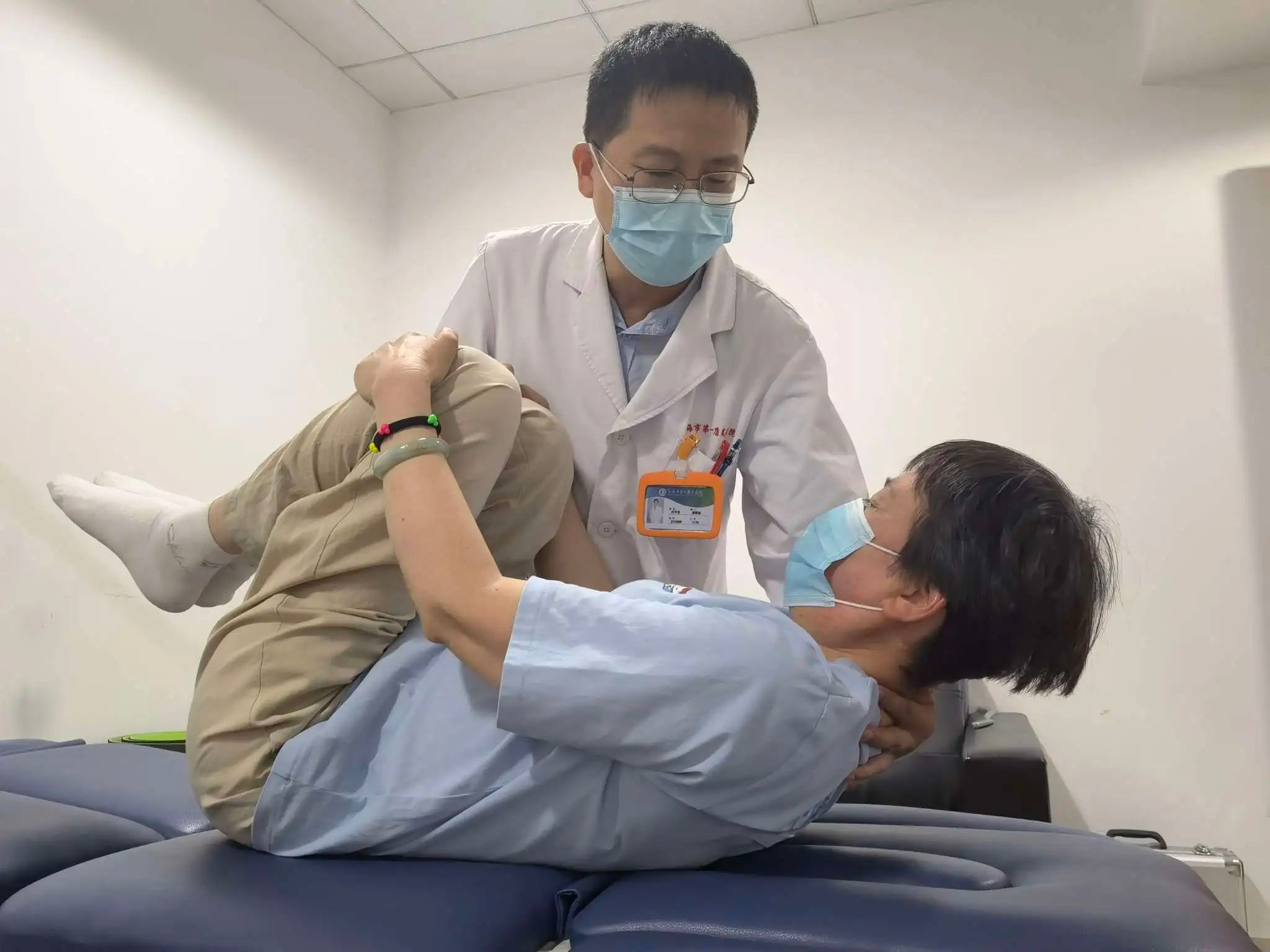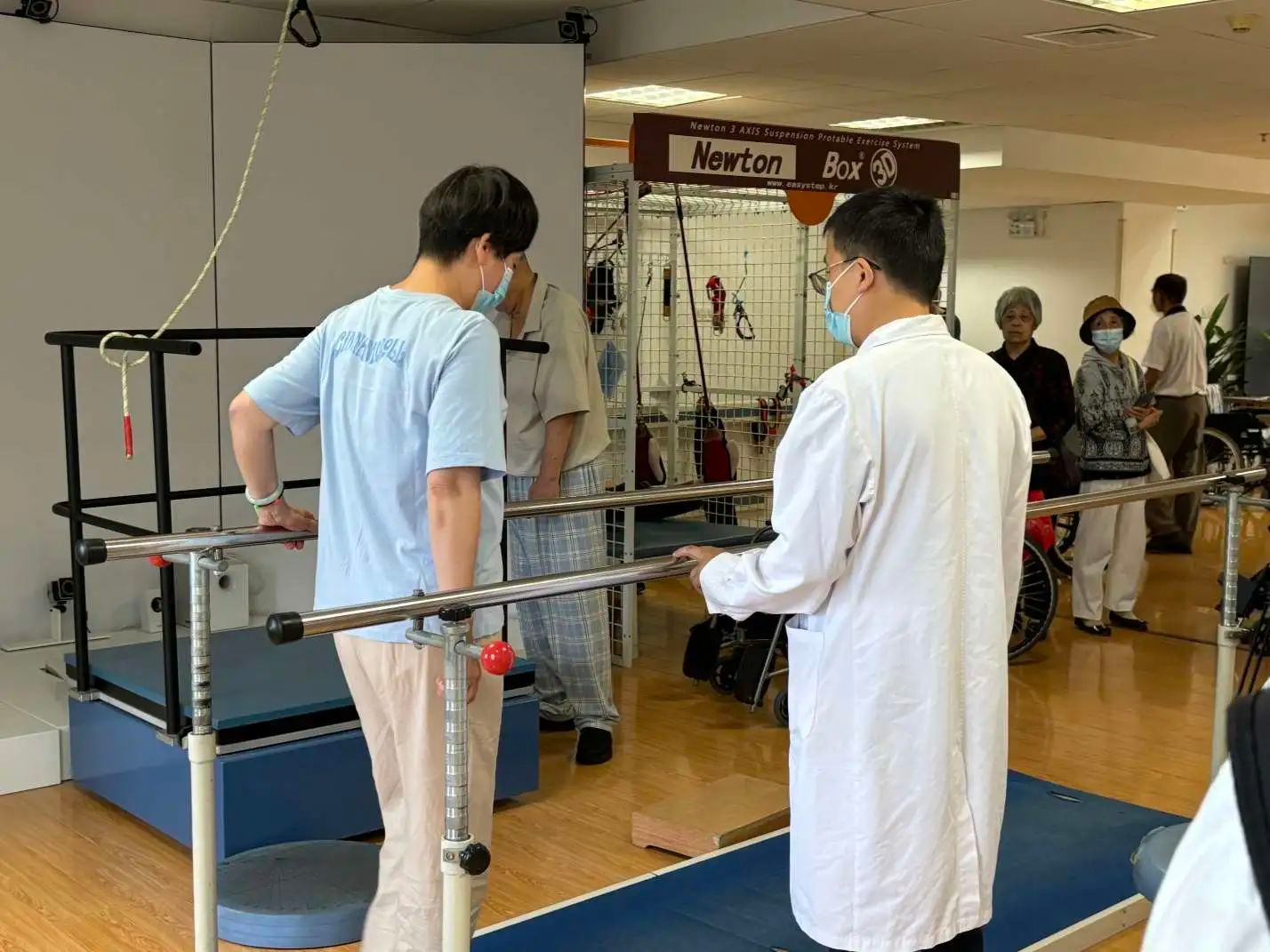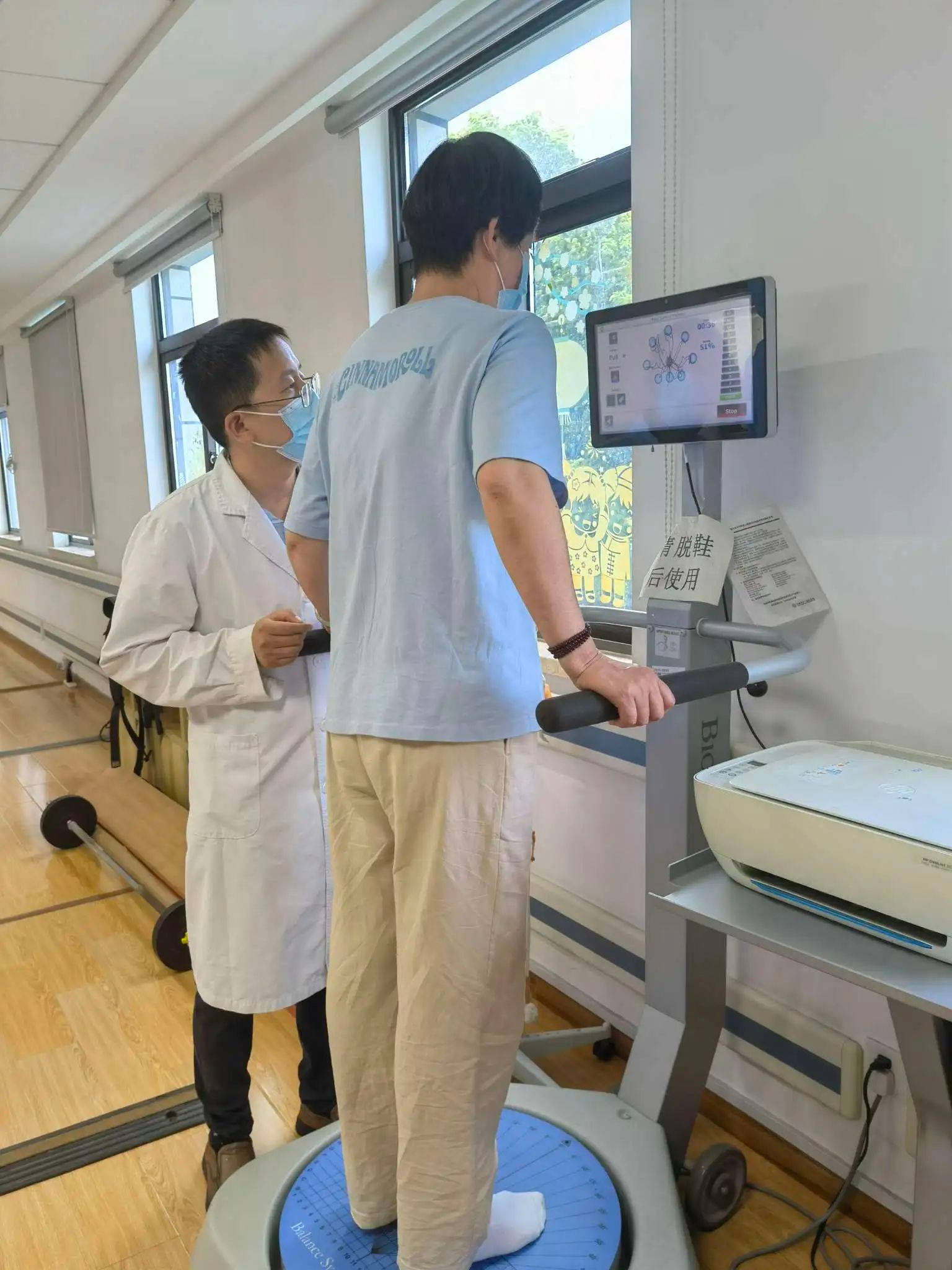5th Anniversary of People's City Concept | "Expert Consultation at Doorstep" Ends Three-Decade-Long Suffering August 06,2024
This year marks the 5th anniversary of the concept of people's city. As the place where it was first proposed, Yangpu is thriving with a flourishing digital economy and a dynamic, youthful spirit. Let's immerse ourselves in this city that is becoming increasingly "YOUNG" for the people...
In April 2024, Shanghai rolled out new policies for a tiered medical treatment system, granting community health centers priority access to outpatient services at secondary and tertiary hospitals. With the shift of medical resources to the community level, how can family doctors carry out precise triage to ensure the optimal use of precious healthcare resources?
Ms. Wang, a resident of Yanji Xincun Community, never expected that a visit to a local clinic would become the "key turning point" in ending her long-standing suffering from back pain.
Bedridden due to an experience over 30 years ago
Two years ago, 64-year-old Ms. Wang was afflicted with S-shaped scoliosis and lumbar disc herniation, which drastically altered her life. "For a long time, I was confined to bed. Simple tasks like lying on my side, getting up, dressing, or even standing and walking became increasingly difficult," she said. The constant lying down also led to muscle spasms, weakened cardiopulmonary function and other complications.
For more than two years, with her husband by her side, Ms. Wang sought treatment everywhere, trying various methods from traditional Chinese medicine to Western medical treatments, visiting multiple high-level hospitals. However, due to the severity of her scoliosis, which was close to 40 degrees, the effects of conservative treatments were limited, and her condition did not meet the criteria for surgery, leaving her in a dilemma.

Over three months ago, Ms. Wang, in unbearable pain, decided to try physical therapy at the Yanji Community Health Service Center. There, she met Dr. Sun Tianbao, Head of the Rehabilitation Department at Shanghai First Rehabilitation Hospital, who was consulting in the community. This "expert consultation at her doorstep" became the turning point for Ms. Wang's renewal.
Dr. Sun conducted a comprehensive evaluation of Ms. Wang and identified the root cause of her scoliosis. It turned out that a postpartum pelvic sacroiliac joint dislocation that occurred more than 30 years ago was the culprit. "Although asymptomatic at first, this misalignment altered the biomechanics of her spine, indirectly leading to the development of her S-shaped scoliosis in her later years."
Dynamic rehabilitation planning for targeted therapy
Once the underlying cause was identified, Ms. Wang was referred by her family physician to Shanghai First Rehabilitation Hospital for advanced treatment. At the hospital, a panel of experts developed a dynamic rehabilitation plan tailored to her needs, with specific exercises and therapies at various stages of recovery. Initially, the focus was on joint relocation, mobilization and fascial release. In the middle stage, she engaged in gymnastics and stamina training to enhance her cardiopulmonary function. In the later stage, the emphasis was on correcting daily habits to prevent relapse. "We adopt a holistic approach to assessing and addressing the patient's issues, rather than just treating the symptoms," said Sun.

Aided by the foundational physiotherapy provided by her community hospital, Ms. Wang experienced noticeable improvements in her condition over several months. From the initial severe pain to walking freely, and then to shopping with her husband, her life has changed dramatically. Recently, Ms. Wang and her husband braved the intense heat to present an appreciation banner to Sun. Gripping the doctor's hand, she said emotionally, "Your expertise and patience have given me the courage and hope to live again."

A head of the Medical Affairs Department of Shanghai First Rehabilitation Hospital described the "Experts of Secondary and Tertiary Hospitals in Communities" program as an effective move to advance the "decentralization of medical resources". This initiative helps family doctors and patients become acquainted with the specialized features and professional strengths of secondary and tertiary hospitals, enabling them to make more informed choices about medical services and bridge the information gap. On one hand, the availability of "expert consultations at doorstep" significantly alleviates the challenges of traveling long distances for medical care, increasing the accessibility of medical services. On the other hand, referrals by family doctors, based on precise assessments of patients' conditions, are more "targeted" than self-referrals by patients. Subsequent treatments or routine care are then conducted back at community health service centers, fostering a positive cycle of medical resource utilization.